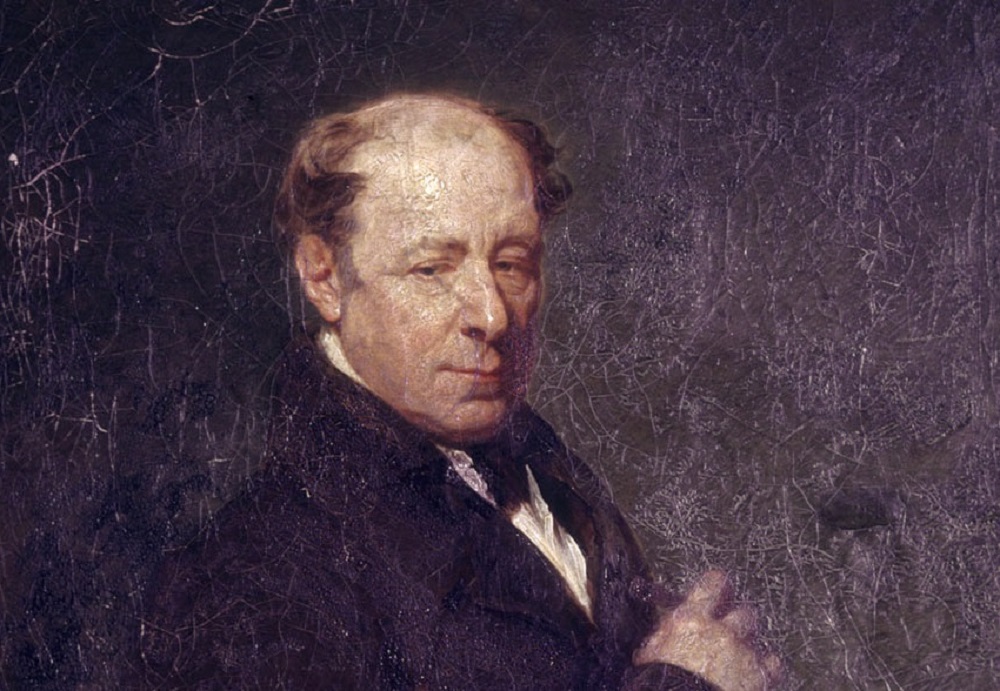In the first in a regular series, RINA historian Mark Barton looks at some of the figures who helped shape naval architecture
Up until the Napoleonic era shipbuilding remained a conservative affair; those responsible for ship design would usually begin life as shipwright apprentices, and learn their craft from their masters and hope to rise to be master shipwright of a Royal Dockyard. Each yard determining its own precise design. Change in construction methods came slowly and were evolutionary especially with respect to hull design. The impact of the French Revolutionary and Napoleonic Wars spurred industrialisation and like Bentham Robert Seppings (1767-1840) made significant contributions.
Seppings was born in 1767 and was from a relatively poor background. When his father died in 1781, he went to live with his uncle, a retired naval captain and the next year started as an apprentice to the master shipwright at the then Royal Dockyard of Plymouth Dock (now called Devonport). Despite a lack of any maritime background he seems to have taken to the profession with enthusiasm and was certainly successful. In 1800, Seppings devised a new quicker method to secure ships in drydock. This was quickly adopted throughout the industry, and brought him to the attention of the Admiralty. They awarded him a thousand pounds for the invention and in 1803, when the post of Master Shipwright at Chatham, one of the most important Royal Dockyards, became available, they gave it to him. Seppings was just 25 years old.
Then, as now, selection of the right materials were important in ship construction. The century of naval wars with France had led to oak being in short supply. At the time, trees had to be found that were of the correct shape for certain critical parts, and Seppings discovered it was new knees that were the particular challenge. Unable to find the trees he took another approach and gained permission to use iron instead. This was so successful that as time went on Seppings would replace more and more of the oak structure of his wooden ships with iron.
This was not Seppings only innovation to try and solve the shortage of timber. He adopted another modern approach and brought in recycling. In this case reusing sound wood from ships being broken up to make parts that were not strength critical in new vessels. He also, experimented with using of woods other than oak and even tried changing manufacturing techniques, use diagonal decking to reduce the need for long pieces of planking.
However, Seppings also believed that the fundamental design of ships could be improved. At the time, the traditional method of ship construction used vertical ribs, called frames, attached to a keel and then covered over with horizontal planking, with internal decks providing rigidity. The centre of such hulls was strong, but the ends where much weaker, and Seppings observed that “partial strength [in a ship] produces general weakness.” This issue manifested itself in the problem of ‘hogging” where the ends of a hull droop relative to the centre. As warships grew in length over the course of the 18th century, carrying more and heavier armament, the hogging problem also grew. Seppings introduced diagonal bracing in place of traditional frames, which transferred load across the hull to solve the problem. This was quickly adopted across the Fleet.
Seppings was promoted to Surveyor of the Navy in 1813, a position he held until he retired, being knighted in 1819.




